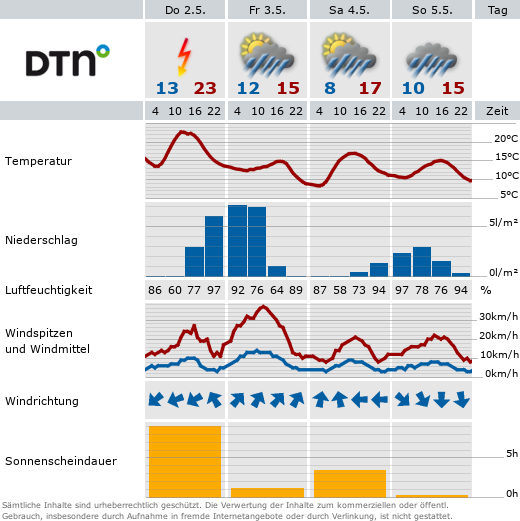Development of new radiation instrumentations for medical and radiation protection applications – the experience at the Centre for Medical Radiation Physics
- Colloquium
Development of new radiation instrumentations for medical and radiation protection applications – the experience at the Centre for Medical Radiation Physics
Radiation therapy accounts for approximately 50% of all cancer treatments globally. While recent trends in Quality Assurance (QA) increasingly rely on computational methods and data from radiation machines, there remains a critical need for experimental and independent verification of machine output, dose conformity, and alignment with internal target volumes. This is particularly true across various radiotherapy modalities.
In-vivo dosimetry (IVD), which is mandatory in many countries, presents persistent challenges for many advanced radiation therapy techniques. Emerging modalities such as brachytherapy, FLASH radiotherapy, and mini- and micro-beam radiotherapy exemplify the growing complexity of treatment delivery—outpacing the capabilities of current instrumentation for IVD and QA. The steep dose gradients characteristic of these techniques demand detectors that offer pixelated, real-time readout, water equivalence, and independence from energy and dose rate—while also delivering high spatial resolution. At present, no commercially available or research-grade detector meets all these requirements for routine clinical use in radiation oncology.
At the Centre for Medical Radiation Physics (CMRP), we are addressing this gap by developing novel detectors for photon and hadron therapy dosimetry. Our research focuses on materials such as silicon, hydrogenated amorphous silicon, and organic semiconductors in pursuit of the "ideal" dosimeter. Technologies under development include MOSFETs, bulk heterojunction devices, NIP structures, and metal-oxide barrier diodes—each tailored with unique properties to optimize their dosimetric performance. Additionally, we are investigating plastic perovskite scintillators as a promising, tissue-equivalent alternative for real-time dosimetry applications.
This seminar will showcase our latest advancements in these materials and technologies, highlighting their refinement for specific dosimetric applications and evaluating their performance in state-of-the-art radiotherapy environments.

![Band structure of 2D semimetal based on HgTe quantum well. Experimental points are obtained from the analysis of the cyclotron resonance in the quasi-classical approximation. Solid lines are predictions of the kp theory with no free parameters. Splitting of the conduction (e1,2) and valence (h1) band is due to the quantum confinement. [J. Gospodaric, AP, et al., PRB 104, 115307].](/storages/physik/_processed_/b/5/csm_Kolloquium_Pimenov_0fa7761647.png)








